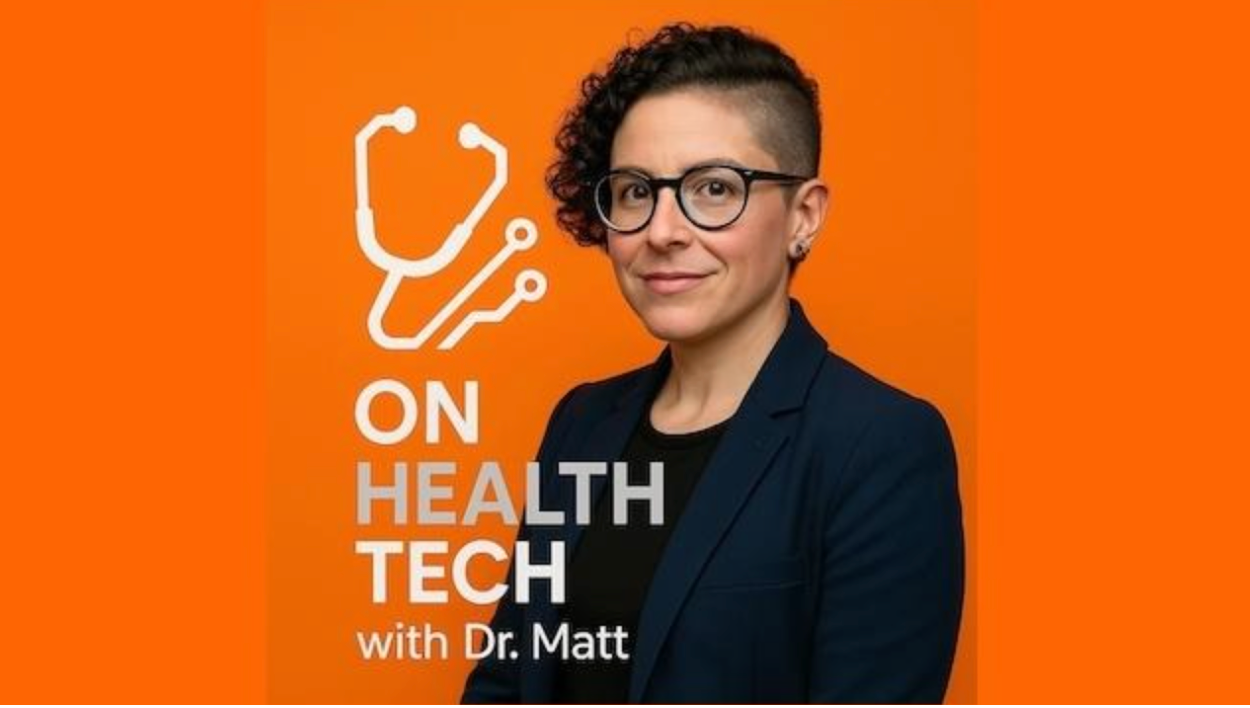The New Medtech Equation: Why Economic Proof Now Defines Both Fundraising and Hospital Sales
Good morning from San Jose. Being here this week has been incredibly energizing. Already conversations with tech companies and founders have been sharp, focused, and centered on a single, unifying theme. It’s a topic I had the pleasure of diving into on the DeviceTalks podcast, discussing what it takes to build a revolutionary company in today's medtech landscape. That theme is the undeniable reality that the goalposts for success have moved. The era of scaling a startup on a great device and a passionate physician champion is over. Today, a new gatekeeper governs everything from venture funding to hospital purchasing: hard, quantifiable economic proof.
The shift began in the VC boardroom. The macro-economic headwinds and the end of a decade of near-zero interest rates have swept away the "growth-at-all-costs" mentality. Capital is no longer cheap, and investors' tolerance for risk has recalibrated. The fundamental question has changed from "How big can this get?" to "How efficiently can this get to a profitable, commercial state?" For medtech startups, this means the most critical milestone is no longer just a prototype; it’s demonstrating a de-risked path to market adoption. As the H1 2024 analysis from Rock Health so aptly put it, "resilience leads to brilliance." In this climate, "resilience" isn't just a buzzword; it means running leaner teams, managing for a longer runway, and hitting milestones to justify valuation that were previously expected a full funding stage later. The startups thriving today are the resilient ones, those who build capital-efficient models and prove their value early.
This investor mandate is a direct reflection of a seismic shift within their ultimate customers: the hospitals. The modern hospital is an organization under immense financial pressure. Grappling with persistently slim operating margins, crippling staffing shortages, and the inexorable transition to value-based care, their purchasing process has been radically centralized. The decision to buy a new medical device is no longer made by an enthusiastic department head. It is often made by a Value Analysis Committee (VAC): a cross-functional team of clinicians, supply chain managers, and finance analysts whose sole mandate is to scrutinize the total impact of every new product or initiative. Imagine your pitch being heard by a clinical nurse specialist focused on workflow integration, a finance analyst focused purely on ROI, and a supply chain manager concerned with inventory and maintenance costs. You have to satisfy them all.
This means the physician champion, while still essential for validating clinical need, is no longer sufficient. They can get you in the door, but they cannot get you the budget. The VAC and the C-suite are asking a different, more demanding set of questions directly tied to financial models like bundled payments or ACOs: How will this device reduce length of stay? How does it improve operating room throughput? What is its direct impact on our 30-day readmission rates and our ability to avoid financial penalties from payers?
This reality has forced a merger between the fundraising pitch and the sales pitch. The successful medtech startup of today is the one that builds its entire strategy around Health Economics and Outcomes Research (HEOR) from day one. This isn't just about creating a slick ROI calculator for your website; it's about embedding health economics into your product development and clinical strategy. It means partnering with an early-adopter health system to conduct a pilot study, meticulously gathering real-world evidence (RWE), and co-authoring a whitepaper or even a peer-reviewed study that validates your economic claims.
This is the new playbook in action:
- You don't just claim your surgical robot is "more precise." You prove it reduces procedural time by 12 minutes, saving the hospital $1,500 per procedure.
- You don't just say your diagnostic is "more accurate." You build an economic model showing it avoids millions in unnecessary downstream procedures.
- You don't just say your monitoring device "improves outcomes." You prove it lowers readmission rates for CHF patients, saving the hospital from significant CMS penalties.
This is the hard data that satisfies both the VC's demand for a de-risked investment and the hospital CFO's demand for a clear return. The conversation with an investor and the conversation with a hospital buyer have now converged on a single, powerful topic: measurable economic value.
For those of us here this week, building the future of medical technology, the challenge has evolved. It is no longer enough to be a brilliant engineer or a visionary clinician. To succeed in this new environment, we must also become rigorous economists.
So here is my call to action for every founder, innovator, and investor in this room: Go back to your office and kill one feature on your product roadmap. In its place, add a single, critical line item: "Develop Our Economic Value Story." Don't wait until you're pitching for your Series B or trying to close your first major hospital contract. Start now. Because in the medtech landscape of today and tomorrow, the companies that win will not be the ones with the most features; they will be the ones with the most undeniable proof of economic impact.
-Dr. Matt
Dr. Matt believes technology can erase the borders that limit access to care. This vision is the heart of her book, The Borderless Healthcare Revolution. Join her in building this future by visiting drsarahmatt.com to learn more and get your copy.




